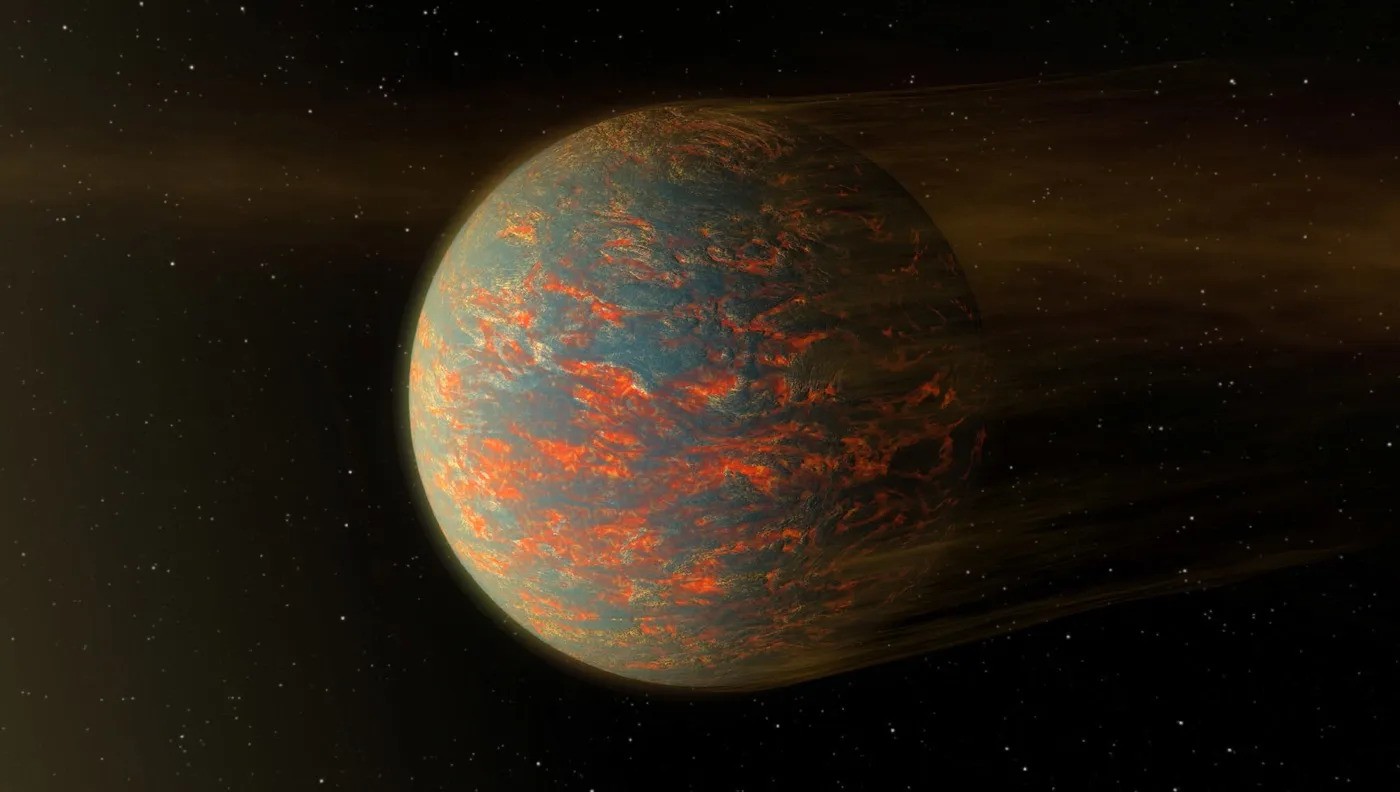Astronomers explore the planet TOI-1685 b 122 light-years away. It is a hot rocky super-Earth.

Extraterrestrial world similar to ours
An international team of astronomers has made observations of a nearby planet known as TOI-1685 b. The results of the observations, published on the arXiv preprint server on May 21, indicate that it is a hot and rocky extraterrestrial world with a density similar to Earth’s.
The so-called “super-Earths” are planets more massive than Earth, but not exceeding the mass of Neptune. Although the term “super-Earth” refers only to the mass of the planet, it is also used by astronomers to describe planets larger than our native planet, but smaller than the so-called “mini-Neptunes” (with a radius of two to four Earth radii).
Discovered in 2021, TOI-1685 b is an ultrashort periodic super-Earth orbiting an M-dwarf star that is about half the size and mass of the Sun. The system is located at a distance of about 122.5 light-years from us.
Re-exploration of exoplanet
Previous observations have shown that TOI-1685 b orbits its star every 16.5 hours, but the physical properties of this planet remain uncertain. Some studies report that it is an aquatic world (with a water share of about 50%), about 70% larger than Earth, while others suggest that its radius is only 46 percent larger than Earth’s, and there is no water at all.
To eliminate these discrepancies in the data, a group of astronomers led by Jennifer A. Burt of the California Institute of Technology (Caltech) decided to re-explore TOI-1685 b using NASA’s TESS exoplanet research satellite and various ground-based observation tools.
Physical parameters of the planet TOI-1685 b
New observations have shown that TOI-1685 b actually has a radius about 1.47 times larger than Earth’s and about three times more massive than our planet, which gives a density of 5.3 g/cm3. This means that the density of TOI-1685 b is only 4% less than that of our world.
Astronomers emphasize that the proximity of density to the earth indicates that TOI-1685 b is also a rocky planet with a minimal volume contribution of any hydrogen or helium components of the atmosphere. In addition, it was found that it had a high equilibrium temperature of about 1,062 K.
Summarizing the results, the authors of the article note that although they exclude the possibility that TOI-1685 b may be an aquatic world, it may still have an atmosphere with a high average molecular weight.
According to phys.org


